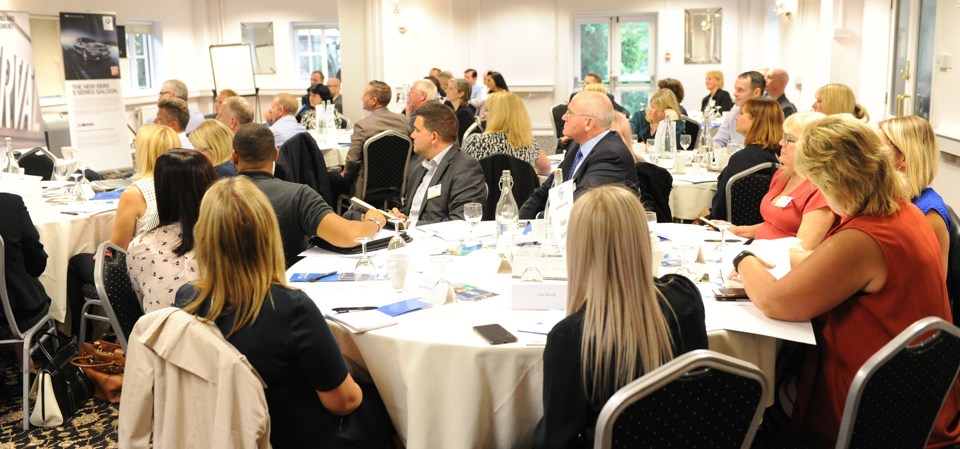The impact of automatic transmission, Euro 6 emission compliance and alternatively fuelled vehicles were all topics challenging fleet decision-makers discussed during the September Fleet200 roundtable debate.
The discussion was divided into the three following areas, with a selection of comments given below concerning each.
The aspects of your fleet policy that have changed in the last 12 months and factors triggering the change.
> “Where user chooser drivers take cash they are only able to claim for business mileage at the advisory fuel rates and not the previous 45 pence and 25 pence per mile the company offered, prompted by a wish to motivate people into a company car, while maintaining free choice of vehicle.”
> “The business has never had a road risk policy. There are policies that road risk impinges on, but no universal statement of intent, so this is being written now. Our grey fleet is a focus for that and questioning the need to use cars at all to complete a business task – could we use Skye instead for a meeting? We’re looking at training and suitability of the vehicles used too. These aspects have been in fragmented policies and left to line managers. The objective is, detach road risk from disparate policies, unite them, so making them more visible, more accessible which should mean more traction in the business. Our chief financial officer is board sponsor for safety which is a significant factor.”
> “Restricted the driver trade up (percentage of allowance a driver can contribute from their own salary to get a more expensive car) to 40% from 60%, reducing some of the models drivers can have. The previous, larger cap saw blacked out windows and better alloys being added to cars, which can’t be justified as business need.”
> “Armrests and automatic transmission were the two thing our commercial drivers wanted the most, so we’ve increased the number of automatics on the fleet from about 15 to 180. And they love them: it’s taken away a lot of driver strain, particularly in cities, and as a consequence accident rates have dropped, plus mpg rates have improved. One guy is doing 35mpg with a fully loaded van in a city centre.”
What do you expect to review in the next 12/24 months?
> “We have a steering group for cars with HR, fleet and some of the line managers and we will continue to review our CO2 cap every six months as technology improves. We take an average of what our car fleet is and how we can adjust by what new models become available.”
> “The car fleet operation will change in the next 24 months as the manager is retiring. It will mean looking at what cars are driven and the way they are driven. We’ve had the same scheme for years, so this will be an opportunity for a review.”
> “We’re 10 months into a three year cycle to have all our commercial fleet using Euro 6 vehicles by 2019.”
> “We’re going to have to look at the appeal of hybrid vehicles to drivers minimising their tax bills because of the risk of having inappropriate cars being used by staff, for example motorway drivers getting Mitsubishi Outlander PHEVs.”
> “We’ve just introduced pool cars to drive from one of our three city sites. A lot of people were using their own vehicles or hiring them and it was very hard to manage. The monthly hire charges were ridiculous. We’re testing pool cars with a booking system to see if we can roll them out to the other two cities. It means people going to the same location at the same time are now being encouraged to car share.”
> “We have a problem around the predominance of Euro 5 trucks on our fleet. We change our vehicles every seven years and refreshed our fleet only a couple of years ago, so we are worried about the implementation of clean air zones – and possible emission-based charging in cities. We’re going to have to alter our change period. I have senior management support for this. And we’ll have to utilise the Euro 6 vehicles more efficiently.”
Do you we envisage an overall change to your fleet size and the way in which you operate?
> “Our emerging road risk policy could see a restriction in the use of owned cars (popular as a means to supplement an employee’s income) and mean an increase in the company car fleet volume, supported by employee incentives.”
> “We’ve had contract wins that have led to an increase in our fleet as a necessity by 150 vehicles. I don’t see it increasing further in the next 12 months.”
















Login to comment
Comments
No comments have been made yet.